#from.my.collection
Text


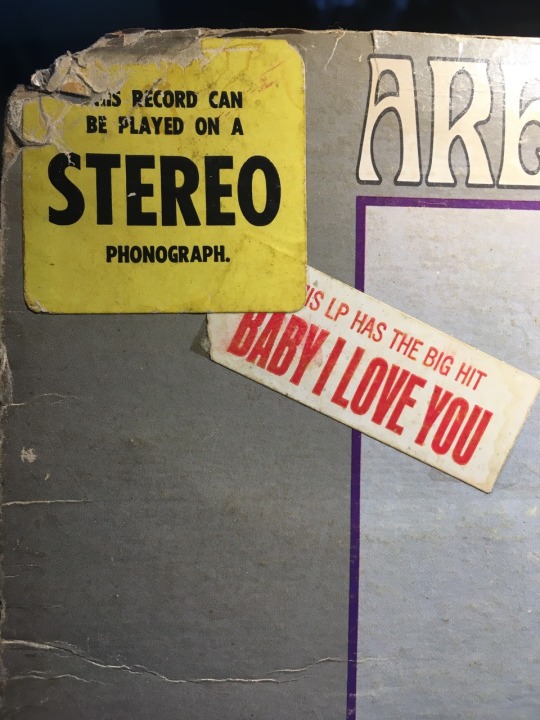
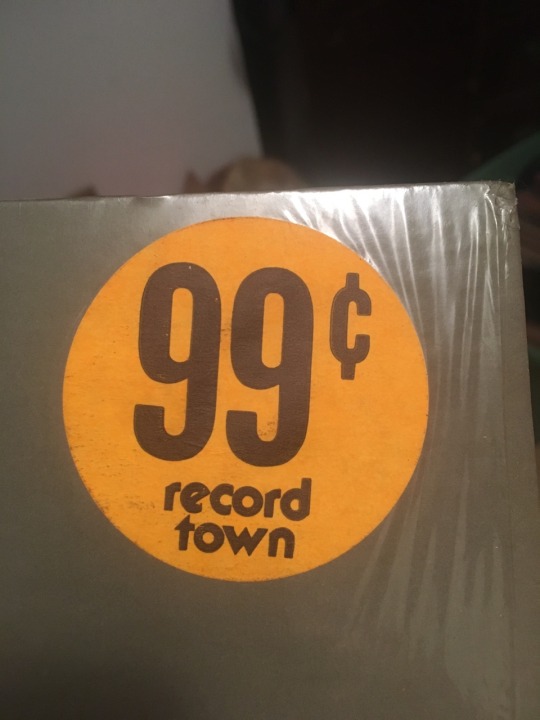
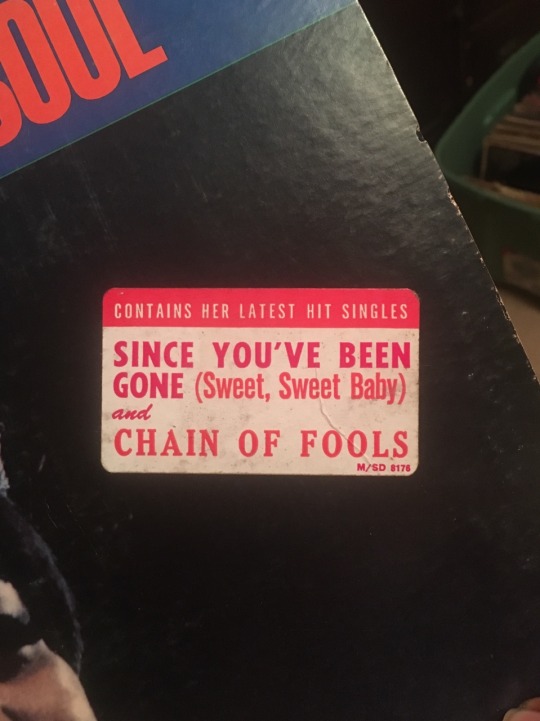
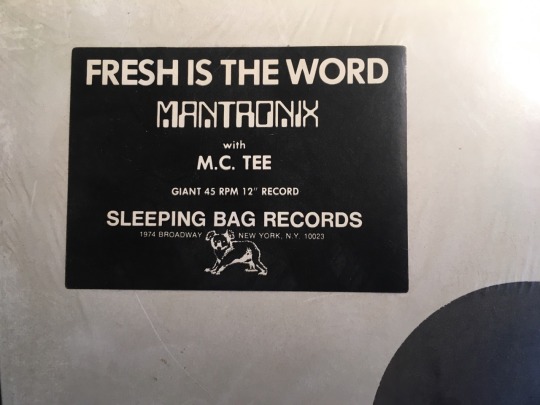
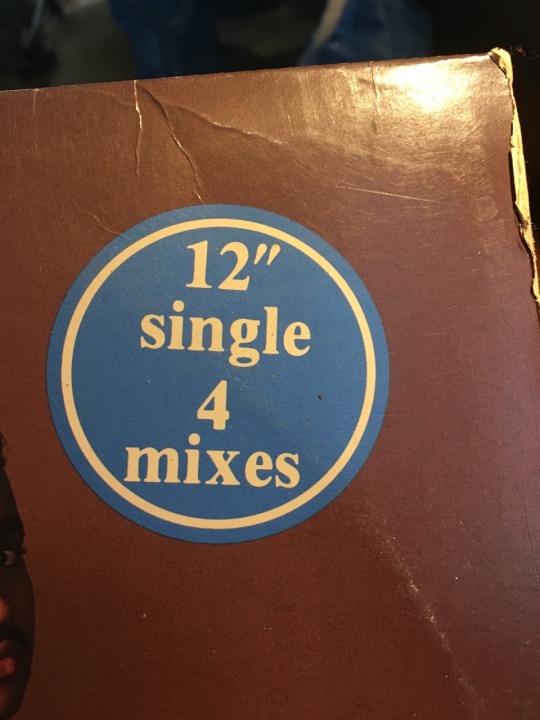
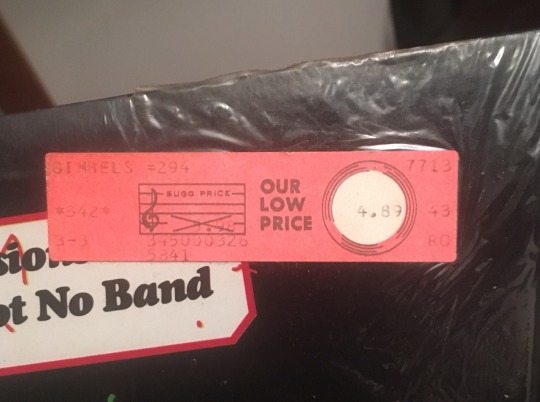
2 notes
·
View notes
Photo

arc direct’s erotic shelfie #nationalkinkmonth #from.my.collection #arcdirectcoll
16 notes
·
View notes
Photo








When you love every little thing about VINYL….
1 note
·
View note
Photo


From my collection:
QSL card from the Afro-American C.B. Club, Inc. of Birmingham, AL, 1964.
QSL card from the Afro-American C.B. Club, Inc. of Birmingham, AL, 1964. CB communication across 814 miles between Frank AFRO Mosley, Birmingham, AL and Ted & Berta Roger, Wichita, KS.
The QSL card is a means for two CB operators to keep in touch after initial radio communication is made. CB radio access, like AM/FM radio, is based on operators tuning into a common radio frequency. The QSL card documents the radio frequency, date of contact, type of transreceiver, type of antenna, etc. A QSL card collection for the active CB operator represents a Rolodex of CB contacts.
Recent scholarship on Black CB community:
Art M. Blake. “Audible Citizenship and Audiomobility: Race, Technology, and CB Radio.” American Quarterly 63.3 (2011): 531-553. Project MUSE. Web. 29 Sep. 2011.
Abstract:
In the mid-1970s, the press and popular culture represented the era’s craze for citizens band (CB) radio, a simple two-way radio communications device, as limited to white Americans. In fact, CB radio had thrived in African American communities since the early 1960s. But African Americans used CB in a different manner and for different purposes than their white counterparts. This article argues that black CB use developed in response to the racial politics of the postwar period concerning meaningful desegregation and full citizenship. The emergence of a distinct black CB culture by the 1970s epitomizes how black use of CB, as a form of “audiomobility,” circumvented white prohibitions against black mobility and audibility, denied white assumptions of technical and verbal superiority, as well as internal black class politics about “sounding black.” From these origins, as an audiomobility network counteracting racism directly and indirectly, black CB evolved into an intra-racial competitive arena, a technocultural practice suited only to the audibly toughest competitors. Black CB’s historical significance rests in its functioning as a nexus for, and challenge to, various histories: of the politics of black speech and oral culture; of the role of radio programming in the creation of black cultural identity; of race and technology. Through research in newspapers and periodicals, interviews with participants, and close listening to recordings, I argue that black CBers built on an already existing black aural public sphere and adapted CB technology to combine with that aural-oral sphere to create a technologically-mediated community based on perceived audible racial identity.
CB interview and audio clips.
15 notes
·
View notes
Photo

The Roaming' Gladiators, Hanna-Barbera presents The Harlem Globetrotters, No. 7, October 1973.
7 notes
·
View notes
Photo




See the playlist for the Afrofuturist/Black speculative Fiction sound collage called
weeksvILLe puMzI X
http://soundcloud.com/arcdirect/weeksville-pumzi-x
the weeksvILLe puMzI X playlist
1. The Gravitational Pull of Her - DKD - Bitasweet/2000 Black - 2004
2. Tongues of Labyrinth Birth/Emergence Skit - Divine Styler - CBS - 1989
3. Runagate, Runagate - Roscoe Lee Browne & Ruby Dee - DST Telecommunications - 1975
4. Confessions of Nat Turner - Brock Peters - CMS - 1964
5. SLAAAAAVE - Grace Jones - ZTT - 1985
6. Runaway - Georgia Anne Muldrow - Animatedcartunes - 2009
7. Leaving this Planet - Charles Earland - Fantasy - 1974
8. Space Lady - Billy Cobham/George Duke Band - Atlantic - 1976
9. Sons of the Gods - Ripple - Salsoul - 1977
10. There's A New World Coming - Bernice Reagon - Paredon - 1975
11. Slow Motion - Pole feat Fat Jon - Mute - 2003
12. In Time And Space - Last Poets - Blue Thumb - 1973
13. Tongues of Labyrinth - Divine Styler - CBS - 1989
14. Releasing Hypnotical Gases - Organized Konfusion - Hollywood BASIC - 1991
15. Invasion - Atmosfear - Discfunction - 1980
16. Planet Rock - Jason Moran - Blue Note - 2002
17. Space is the Place - Likwid Biskit - Kindred Spirits - 2003
18. Moonwalk - Larry Young's Fuel - Arista - 1976
19. Thoughts on Outer Space - Dick Gregory - Colpix - 1960
20. Interlude - Earth, Wind & Fire - CBS - 1973
21. Secret Wars - Last Emperor - Hi-Rise - 2003
22. Superfly meets Shaft - Dickie Goodman - Rainy Wednesday - 1973
23. Soul President - Afro-American Ensemble - GFS - 1972
24. The Spook Who Sat by the Door Radio Spot - Sam Greenlee - United Artists - 1973
25. Aurora - Novella Nelson - DST Telecommunications - 1975
26. Leroy Brown - ODB - ???
27. Landscapes in Alternative History - Vernon Reid & Bill Frisell - Minor Music - 1985
28. Thebes of the Hundred Gates - Sono Cairo Egyptian Organization of Antiquities - 1972
29. One Life, One Love - Hieroglyphics - Hiero Imperium - 1998
30. Snippet - KRS One - Jive - 1990
MORE TO COME. STAY TUNED.
11 notes
·
View notes
Photo

Speechless.
Rear cover of August 1969, Negro Digest.
#black history#civil rights movement#1969#from.my.collection#chicago#Negro Digest#advertisement#black power#black arts
16 notes
·
View notes
Photo

http://www.baruch.cuny.edu/dml/engine.php?action=viewMedia&source=category&mediaIndex=1155&listPlace=2&rootCategory=5&genreFilter=0&typeFilter=0
0 notes
Photo

South Today, Lillian E. Smith; Clayton, 1943.
A Southern publication.
0 notes
Photo

African Heritage Magazine, 1964.
African Heritage Magazine, African Heritage Publishing Co., New York, 1964.
This 1964 magazine embodied Marcus Garvey's self determination ethos and the demand for independence that rushed across former African colonies throughout the diaspora. This publication sought to cultivate the mindsight of collective struggle as it covers historical and contemporary actions, as local as a Rochdale consumer protest against Jamaica Avenue merchants, and to uncover the status of international events such as the Panama Canal. The focus of this issue is on the industrial and socio-cultural potential of Jamaica and Liberia. It includes articles by John Henrik Clarke and Dr. Julius W. Garvey, son of Marcus Garvey. The magazine rounded out its editorial theme with performance and book reviews. I have found one other citation of the publication of a J. H. Clarke article in a 1959 issue of the magazine.
644 notes
·
View notes
Photo

Constitution of the Republic of Cuba, Havana, 1981.
Did you know?
The preamble of the Cuban Constitution recognizes "the Indians who preferred extermination to submission", "the slaves who rebelled against their masters", and "those who awoke the national consciousness and the ardent Cuban desire for an independent homeland and liberty."
11 notes
·
View notes
Photo

The Pyramid, 1954
The Pyramid. Official Organ of the Imperial Council, Ancient Egyptian Arabian Order Nobles of the Mystic Shrine of North and South America and its Jurisdictions, Inc. 1st Quarter, 1954. Includes articles by notable individuals; Walter H. Dyett, Bishop Howard Z. Plummer, and William C. Elkins.
3 notes
·
View notes